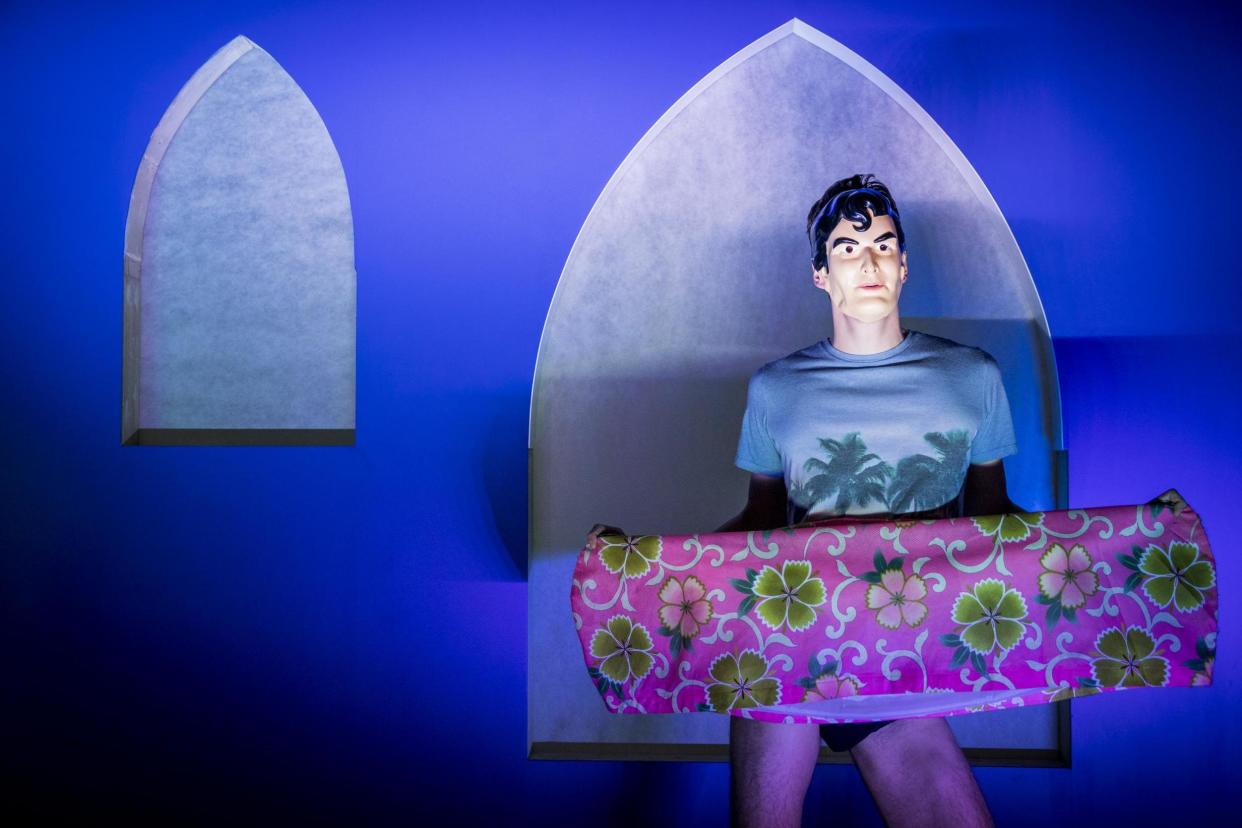Trajal Harrell - Hoochie Koochie, review: A deep dive into dance history

Trajal Harrell is a fantasist. The Georgia-born choreographer has built a body of work purely based on the notion of 'What If?' What if a drag queen in 60s Harlem had vogued his way into postmodern dance hub the Judson Church? What if a Japanese butoh dancer and a French choreographer had met for a boogie in a New York bar?
These are pretty specific wonderings, that's for sure, but they give rise to some interesting fabrications in Harrell's performance-exhibition Hoochie Koochie, the first solo show for a choreographer in the Barbican's gallery – quite the coup for someone little-known in the UK.
In this survey of almost two decades-worth of work, Harrell's recurrent preoccupations are clear, primarily the mashing-up of different historical dance figures, and the language of the catwalk, the swung hips and attitude of the runway model (and the vogueing dance style inspired by it), mixed with fragments and figments from broader culture, whether Sade or fashion designer Rei Kawakubo.
The earliest piece here, from 1999, sees a solo dancer doing a pared-down model strut, posing with supreme self-possession, owning the space, sexy but unavailable. It asks us to think about presence and presentation, the act of looking and being looked at.
Those same themes, and many more, go right through to the newest work, Caen Amour (2016) inspired by 'exotic' Orientalist dance shows of the early 20th century (but featuring two men prowling cat-like as if wearing invisible high heels rather than naked ladies).
Overall there's a curious combination of upbeat energy and elaborate puzzle-like thinking that goes deep into dance history, but it makes for a stimulating show from a singular artist.
Until 13 August, Barbican Centre; barbican.org.uk

 Yahoo News
Yahoo News 
